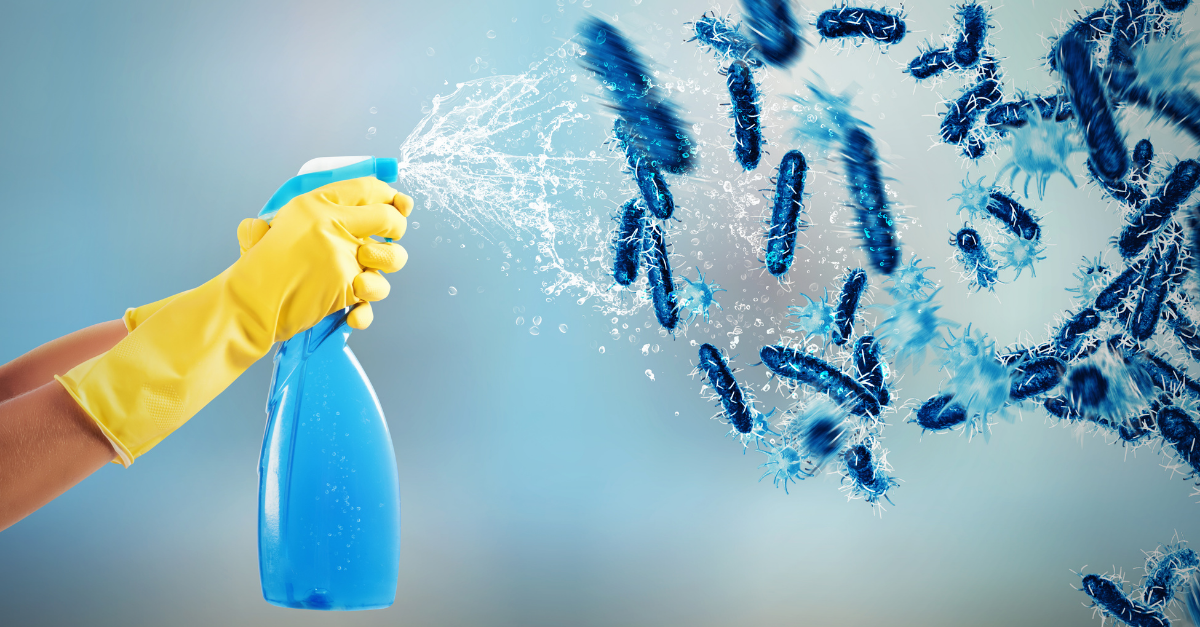
While governments and health care system across the globe are trying to stop the spreading of COVID-19 and control pandemic outbreaks, it is important to ensure touchscreens are cleaned and disinfected regularly.
Most touchscreens are highly sensitive to chemicals applied to them. Which is why, it is important to follow the correct procedures for cleaning and disinfecting the touchscreen in order to avoid damage.
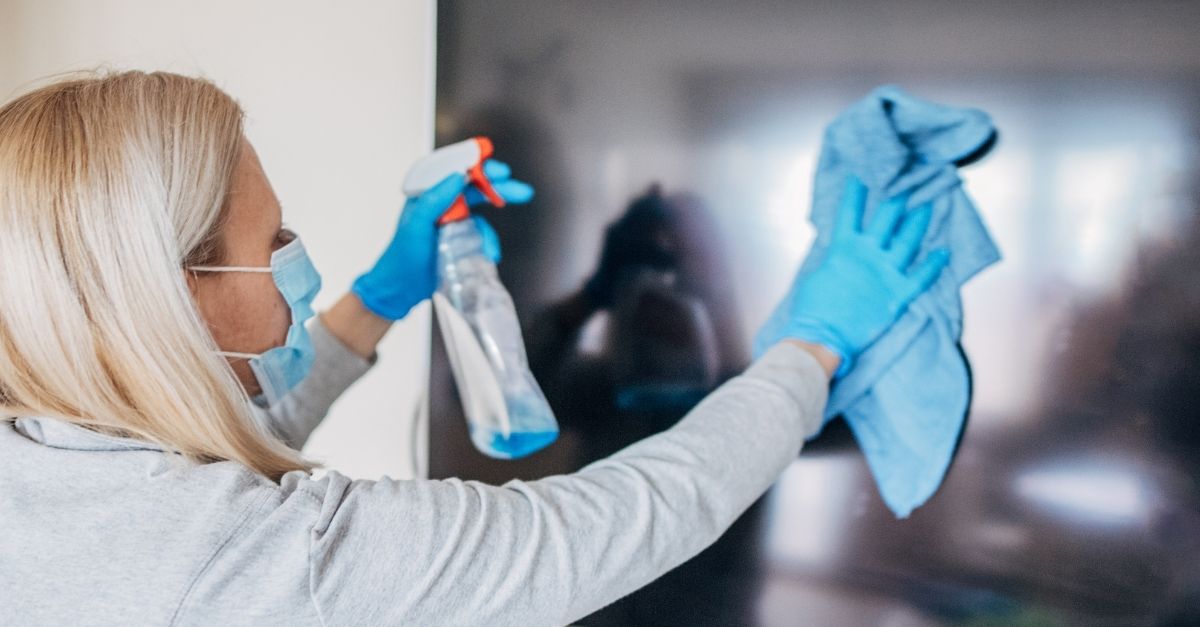
Step 1 – General Cleaning
- Power off the device and unplug it from any power sources. Clean the touch screen only when it has cooled down.
- Read the manufacturer’s instructions carefully. Many manufacturers require the surface to remain wet for a few minutes, so continuous wiping might be required.
Step 2 - Disinfecting by Technology
Make sure that you have the correct touchscreen before following the below steps.
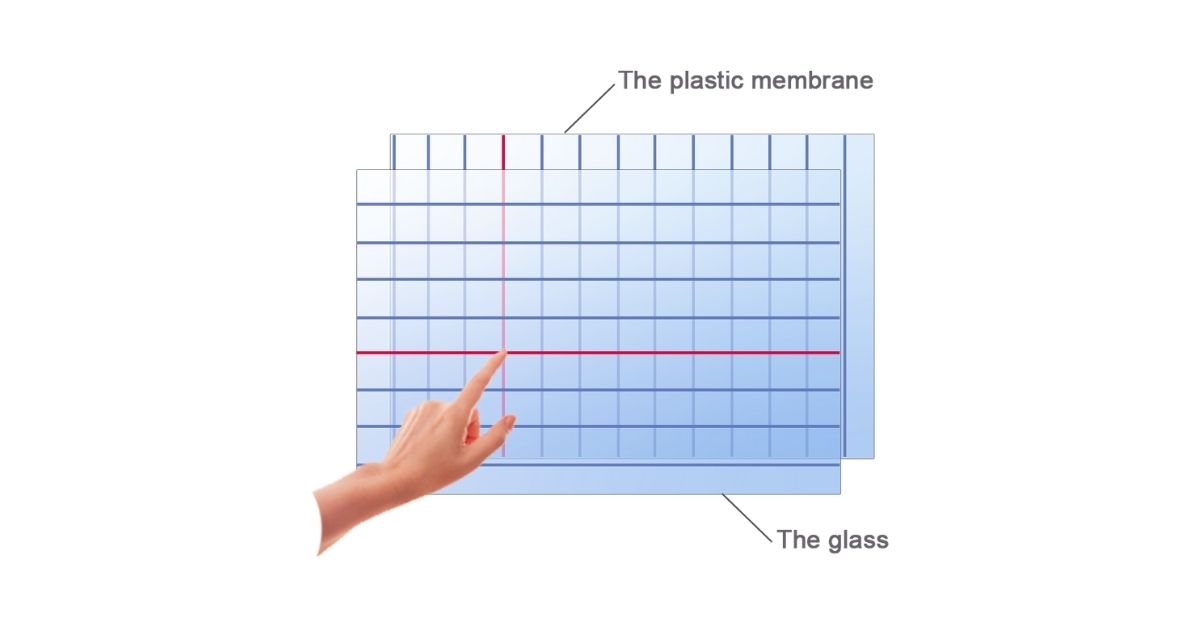
Resistive touch panels go through a series of processes when they are being built, including a hot hydrochloric acid bath, followed by a hot lye bath. Resistive technology screens are able to withstand opposite ends of the pH balance, which makes them resilient.
Disinfecting steps are:
- Use a soft lint-free cloth, such as a microfiber cloth.
- Slightly dampen the cloth with a mild cleaner. For example, you can use a 50% isopropyl alcohol mixed in 50% water solution, a neutral detergent or ethanol. A small amount of hand sanitizer can work as well.
- Wipe the surface gently; if there is a directional surface texture, wipe in the same direction as the texture. If not, gently wipe it in small circles.
- Make sure that all of the cleaning solution is off the screen after it has been cleaned. If you leave any, it can leave streaks or residue.

PCAP technology is even more durable, thanks to being built with a glass cover. Speaking from a chemical standpoint, glass is virtually indestructible; PCAP screens can withstand both industrial chemicals and household products such as acetone, hexane, laundry detergent, etc.
Disinfecting steps are:
- Using a soft microfiber cloth dampened with a 50% isopropyl alcohol mixed in 50% water solution, or a disinfectant product such as a small amount of hand sanitizer gently wipe the touchscreen clean. Ammonia based glass cleaners (typically 5-10% ammonia), 1: 100 bleach: water solution, or 75% alcohol can also be used to clean the surface of PCAP touch screens.
- Wipe the screen and edges dry.
- Make sure the glass and screen edges dry completely before using the device.
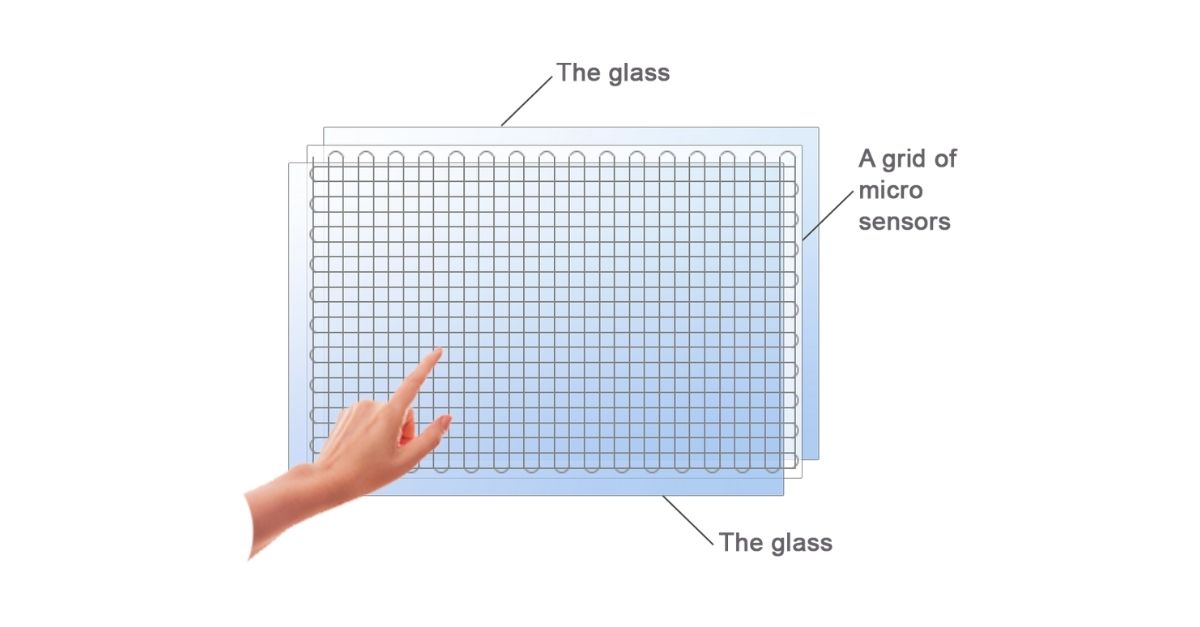
SAW touchscreens is also simple to sanitize, as it has solid glass on top. For touchscreens on SAW technology you must follow the same disinfecting steps as for PCAP touch screens.
Disinfecting steps are:
- Using a soft microfiber cloth dampened with a 50% isopropyl alcohol mixed in 50% water solution, or a disinfectant product such as a small amount of hand sanitizer gently wipe the touchscreen clean. Ammonia based glass cleaners (typically 5-10% ammonia), 1: 100 bleach: water solution, or 75% alcohol can also be used to clean the surface of PCAP touch screens.
- Wipe the screen and edges dry.
- Make sure the glass and screen edges dry completely before using the device.
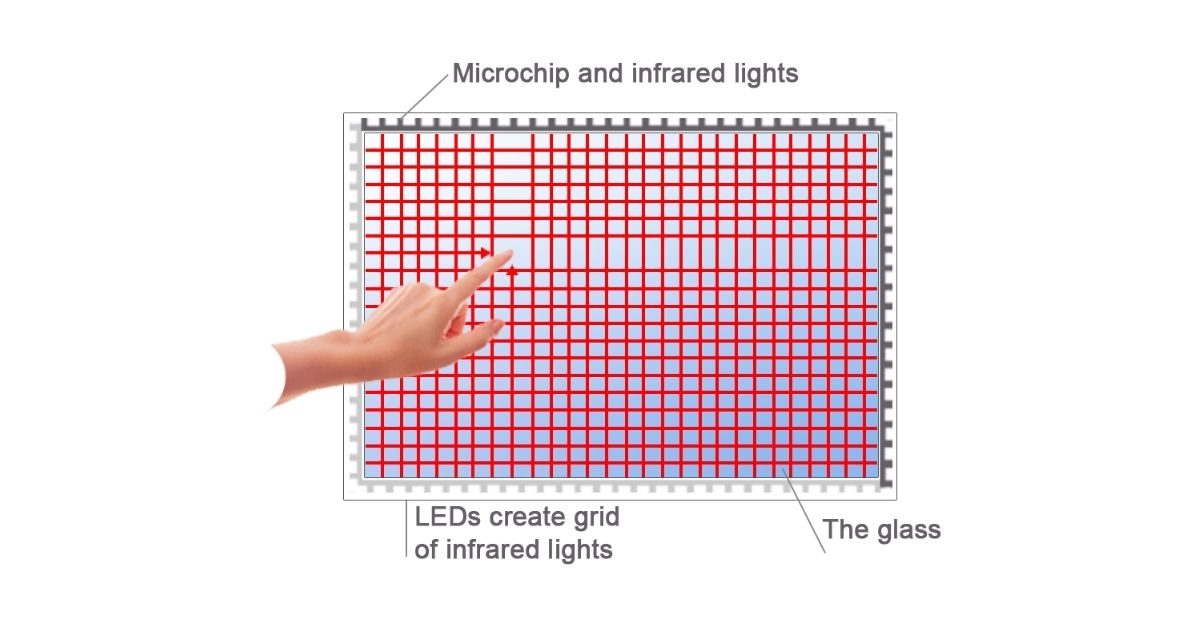
IR touchscreen might have a glass screen plus a bezel that needs to be watched out for during cleaning and disinfecting.
Learn more detail on IR technology here.Disinfecting steps are:
- Using a soft microfiber cloth dampened with 70% isopropyl alcohol gently wipe the touchscreen clean. You can also use a small amount of hand sanitizer.
- Wipe the screen and edges dry.
- Make sure the glass and bezel edges dry completely before using the device.
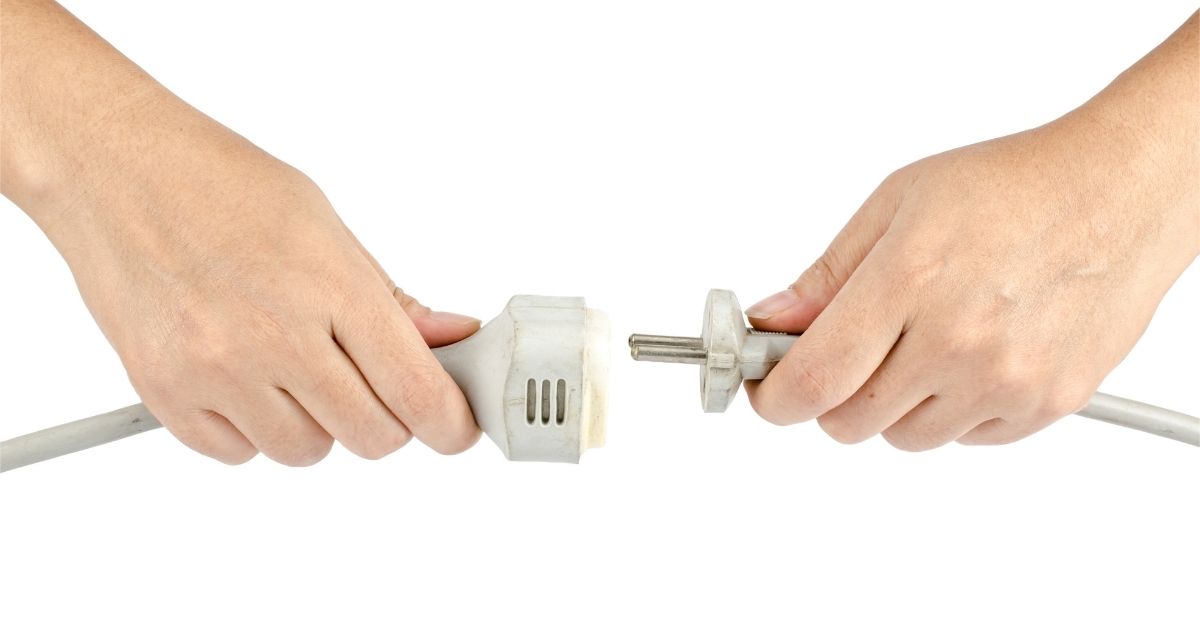
Once the screen is completely dry, plug it back in and turn it on. Let the device stand for half an hour to let the alcohol residue to evaporate, before using the device again.

- Do not apply water or a cleaning solution on the touch screen directly. Any cleaning solution should first be applied to a lint free cloth. Touch screens are manufactured from fine materials and glass – layer by layer. If you directly spray the cleaner onto it, the liquid can penetrate into the corners and then between the thin layers, causing large black spots on the touch screen.
- Do not use tap water: it usually contains mineral deposits that can leave traces on the touch screen.
- Ensure moisture does not seep through the cable connection area from the edges during cleaning.
- Do not use sharp abrasive objects to clean around the edges of the touchscreen. This can damage the bezel.
- Do not use air guns, water jets, or steam, to clean the surface of touchscreens as they may damage touchscreen functionality.
- Do not use paper towels, Kleenex, toilet paper, old cotton rags or multipurpose cleaning cloth because these are both highly abrasive, and neither will be particularly good at lifting dirt from the screen’s surface. In addition, you run the risk of scratching or leaving behind lint particles.
- Do not turn on the device until the screen is dry.
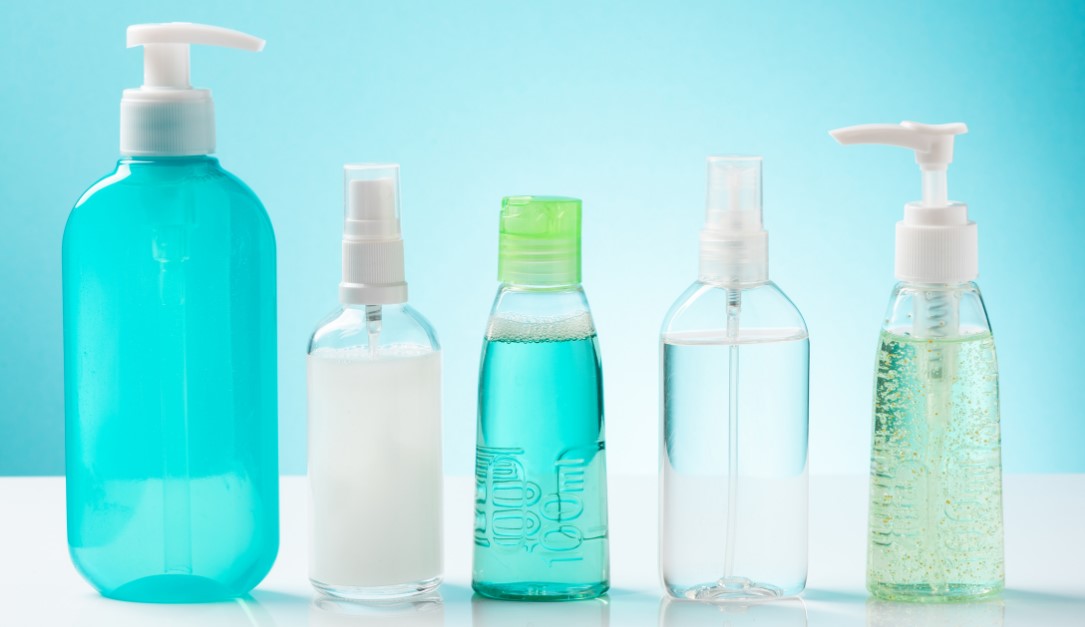
- Chemicals found in household cleaners like ammonia-based glass cleaners and even soap or rubbing alcohol shouldn’t be used on most touch screen devices.
- Do not leave the solution on the touch panel surface for more than 2 minutes.

- Most touchscreen technologies such as PCAP, IR and RE can respond to the touch of a gloved hand or stylus. This means that users can safely interact with touchscreens while minimizing the chance of catching a virus or infection or spreading it themselves.
- Special coatings for touchscreens that can slow the spread of bacteria or even kill bacteria are increasingly available, some patents are also effective against the human coronavirus.
To read a more detailed article on the same topic by the same author click here.

